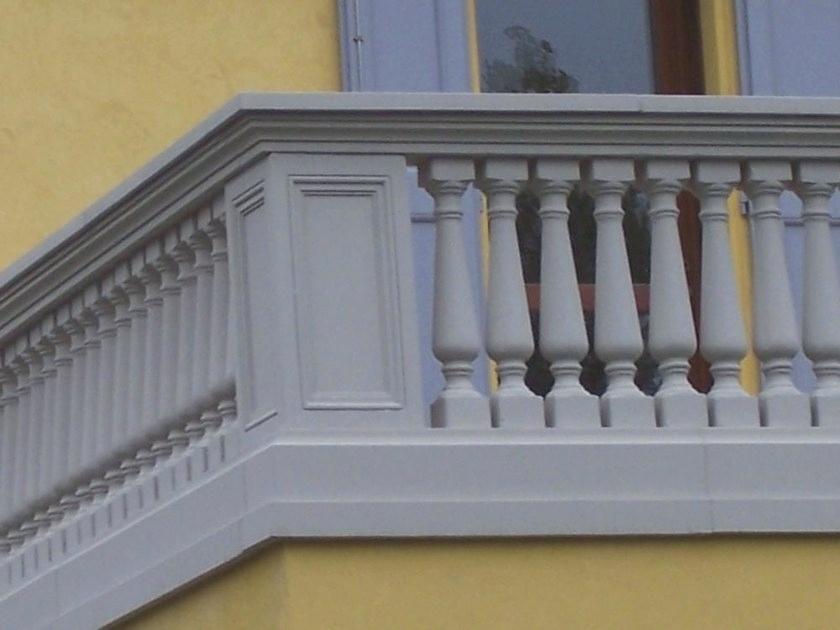A universal feature of balconies, porches, stairways, etc. everywhere is the railing. How much do you know about your balcony railing and the various regulations that surround it?
Balcony railing height code
For safety reasons, there are international regulations about balcony railing height. This is to ensure that there will be no accidents and that owners of homes with balconies and porches will be protected. Each area may have its own balcony railing height code, so it’s a good idea to check with your local authorities or schedule an inspection if you’re not sure about it. A general rule of thumb, however, is that balcony railings for homes should be installed at a minimum height of 36 inches.
There’s more you need to know, about guardrails and handrails, to ensure that your balcony adheres to safety regulations. You should keep in mind that if your guardrail is not solid but has individual railings, there should be at least 4 inches of space between each. Additionally, if the railing does not reach all the way to the balcony floor, the gap between the lower end of the railing and the floor should also be at 4 inches or more.
Types of balcony railings
When it comes to types of balcony railings, there is a lot to choose from. You can be as creative as you want (always in line with regulations of course) and choose the railing to reflect the style of your home and balcony.
Let’s examine various types of balcony railings:
Glass
Transparent panels instead of railings are a great choice if you want unlimited access to the view from your balcony. These glass balcony railing panels might not be such a good idea if you live in a densely populated area and value your privacy.
Instead of glass, you can also opt for plexiglass or plastic, for the same effect.
Metal
When it comes to metal balcony railings, aluminum is your best bet. Other types of metal are also popular, like iron, brass, or stainless steel (make sure to care for them to prevent rust). But aluminum is a more modern choice that’s light and durable. It also comes in a great variety of styles that can suit your particular preferences.
Wood
Wood is a more classic option that can lend a beautifully rustic feel to any balcony. It’s fairly inexpensive and can come in various styles, but the obvious disadvantage is that it needs a lot of care and upkeep, as it’s a porous material that’s affected by the elements.
Concrete, PVC or vinyl
These last few options have the advantage of being inexpensive, durable and a good alternative to wood. However, they are not as creative as the other options we discussed.

PVC and vinyl railings don’t come in many colors, while concrete doesn’t come in many styles. In any case, they are options you should keep in mind because they can blend well with most decors.
If you are in the process of building or redesigning your balcony, take your pick from all the available options. This way you can create a safe and appealing outdoor space.
Related:
- Make the most of your balcony with a railing bar
- Avoid the sun with these great balcony shade ideas
- Enjoy your outdoor space with these balcony privacy ideas
- Discover practical and beautiful balcony flooring options
- 7 Surprisingly compatible balcony furniture sets
- How to turn your balcony garden into a jungle with these amazing fast-growing plants

It’s great that you mention that if I’m going to choose a metal balcony railings for my home, I should select aluminum since it’s light, durable, and available in various styles. My husband and I are having a vacation home constructed in my hometown. I’ll mention this to him later so we can have aluminum balcony railings For our new home. Thank you! https://www.tampabayhandrailings.com/custom-balcony-railings.html